“We The People of the United States, in Order to form a more perfect Union…” So goes the Preamble to the Constitution, signed on 17 September 1787.
It is the supreme law of the land, and not to be forsaken. African-Americans, because of widespread discrimination in some states, were not assured full voting rights until President Johnson signed the Voting Rights Act in 1965. Women were denied the right to vote until 1920.
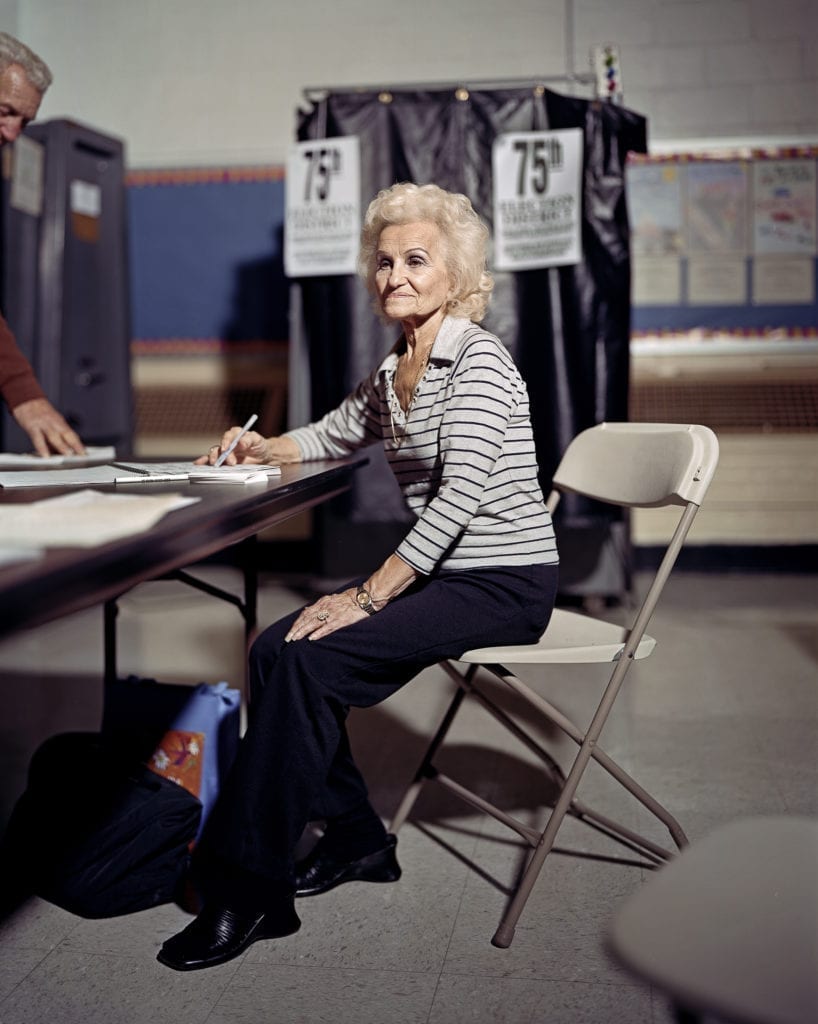
“My family moved to Nashville from Bangor, Maine, in 1949 and experienced a culture shock living in the segregated South of the 1950s,” says photographer Greg Miller of his time growing up in Tennessee.
“My grandfather was a Methodist minister and participated in Civil Rights marches in the 1960s. We suspect he voted Democrat.
“My grandmother, however, might have voted Republican. We don’t know for sure because they were private about it.
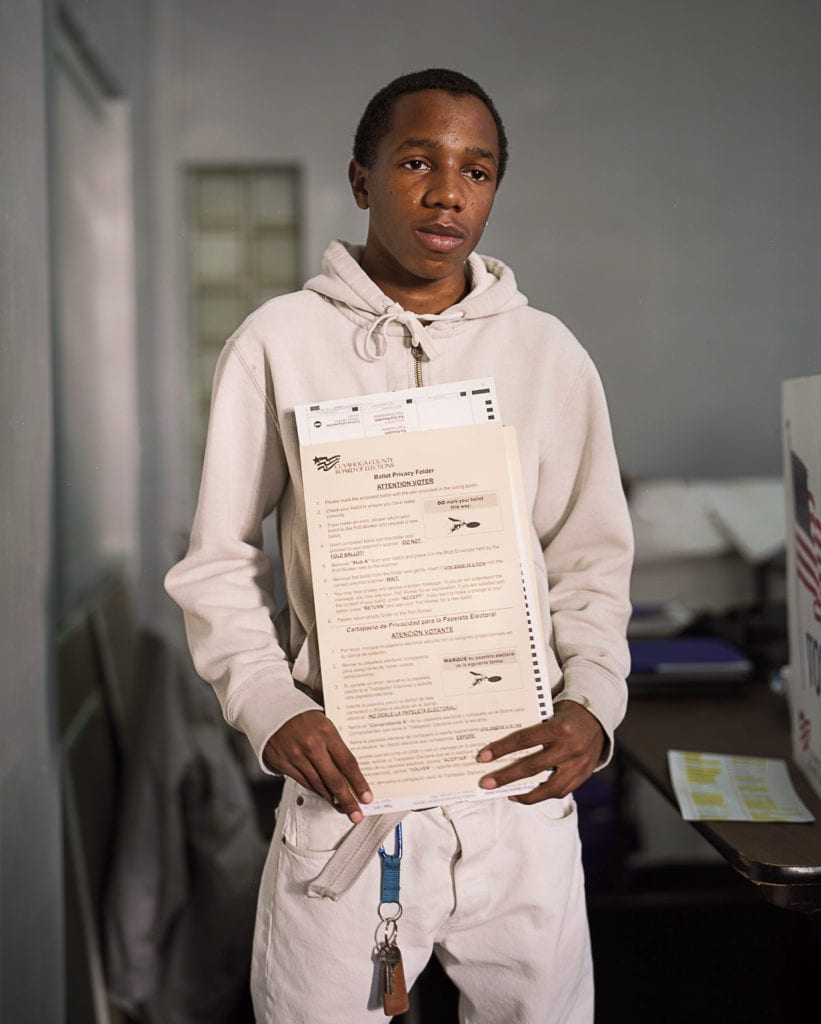
“In all, my Southern upbringing was decidedly pro-Civil Rights, pro-choice, pro-women’s rights and anti-war.”
Miller’s series, We The People, started out as an assignment for Esquire in 2004 – the year in which John Kerry lost to George W Bush.
“We had obtained permission to go behind the scenes and photograph the election. It was so dark in the polling places, and because I shoot 8×10 I use strobes. I got all these amazing pictures that day, and then Bush won.
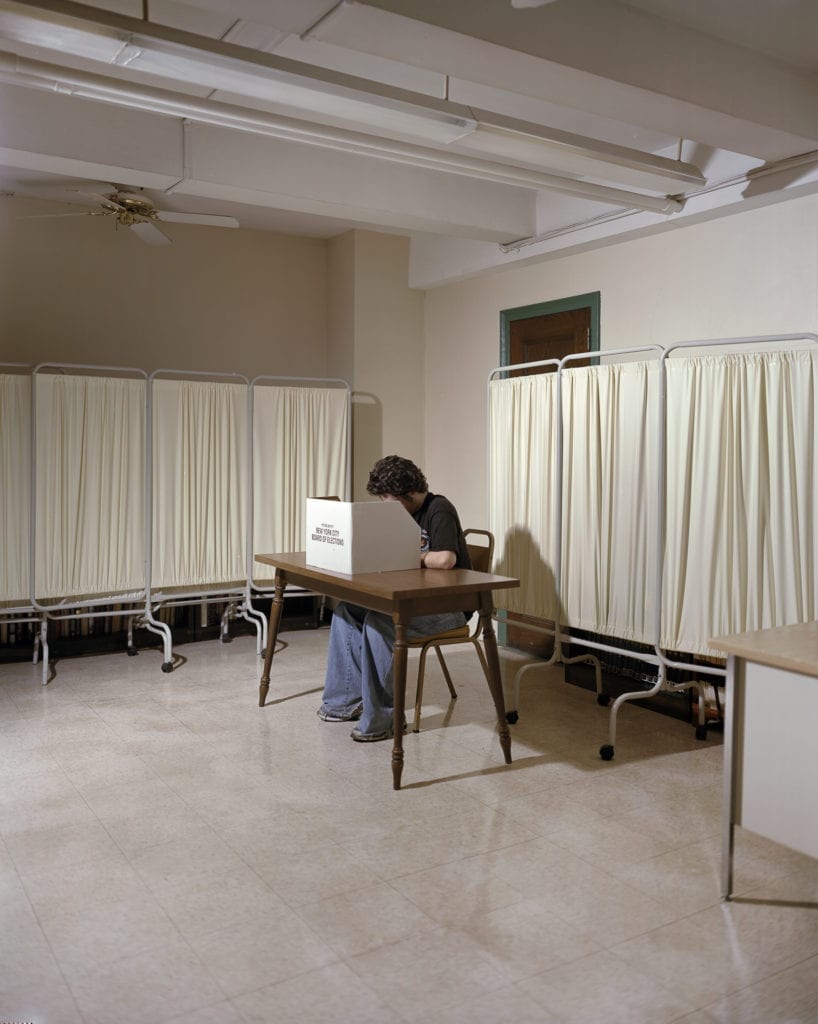
“No one cares about the election after it’s over, so Esquire killed the story. I loved the pictures, though, which inspired me to pursue it as a project.
“I began working with TIME magazine to help me obtain permission to photograph Election Day in subsequent years.”
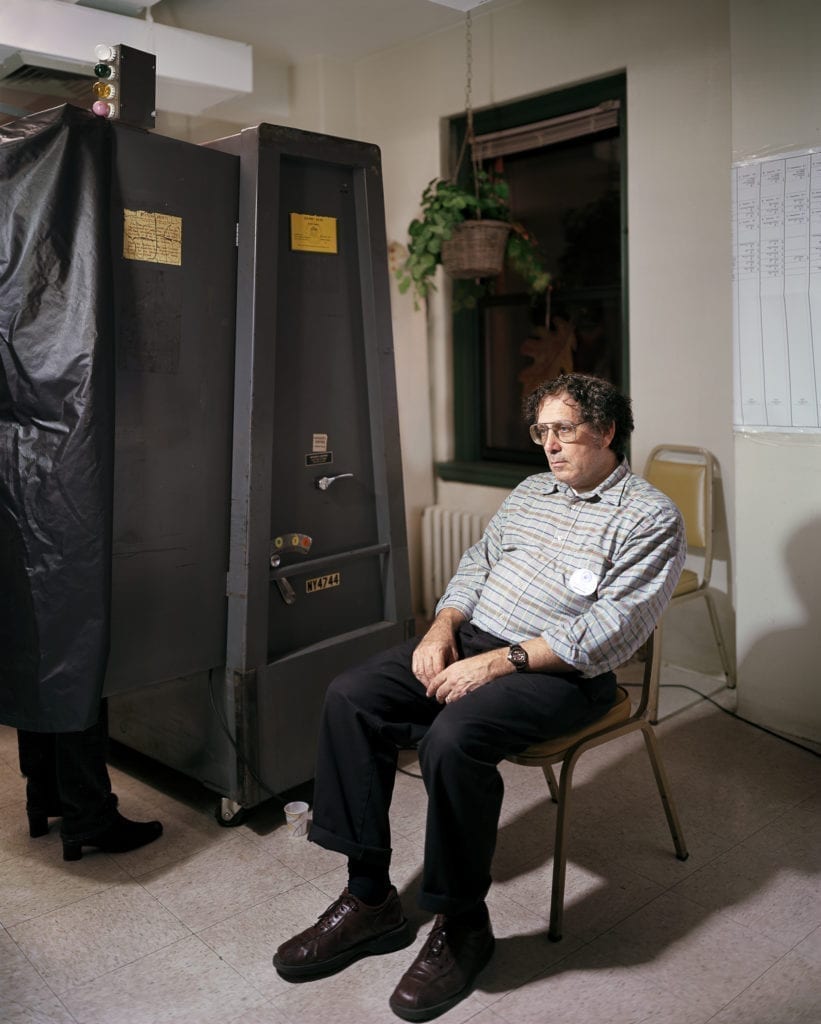
Election Day is held on the Tuesday following the first Monday in November, and the way in which Americans cast their vote depends on the state in which they live.
In some states, votes are cast by post; in others people vote at designated polling stations manned by clerks who sit by the booth or ballot box and make sure only one vote is cast per person.
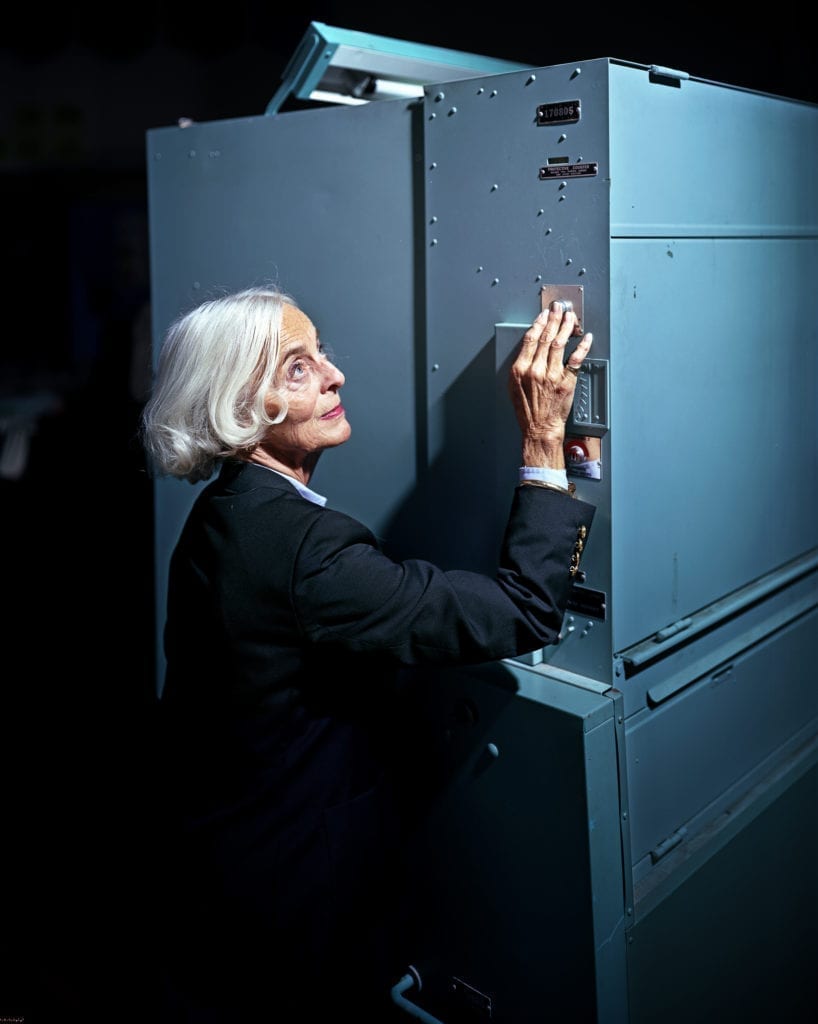
“Photographing voters is a bit of an ordeal. I can’t plug anything into the wall, or run any extension cords, so I use battery-operated strobes on a stand that are tripped with the use of an electronic slave.
“I get people’s model consent forms and try to photograph them after they have voted, so no one can accuse me of influencing a voter.”
The presidential campaign is always long and costly in the run-up to Election Day, but this year’s has been a circus of epic proportion, attributed largely to the Republican nominee, whose loose tongue has afforded him unprecedented media coverage.
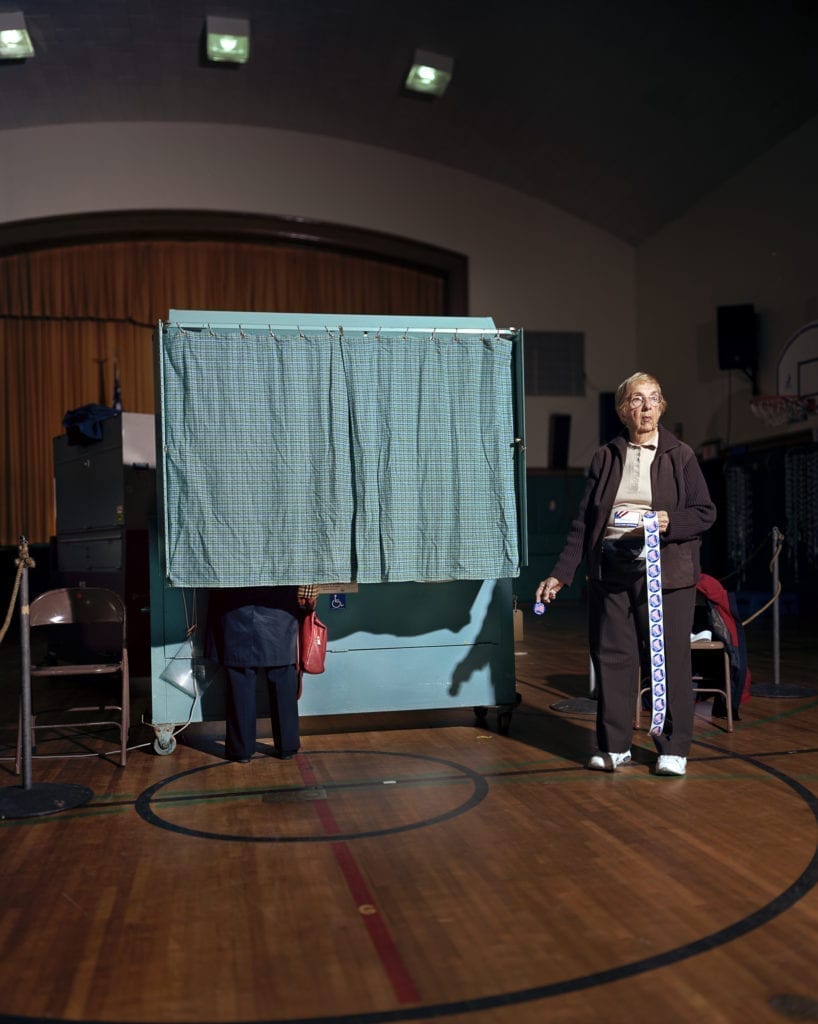
“This election cycle is a circus, and I sit through it with a stomach ache, like everyone else. But the election cycle is not the real part. The part I photograph – the actual election, where people cast a vote – is the real part. I love the gravitas of the mundanity of it.
“When I photographed Election Day in 2008 and the results started coming in and it became apparent Obama had won, after eight years of George W Bush it felt like regime change.
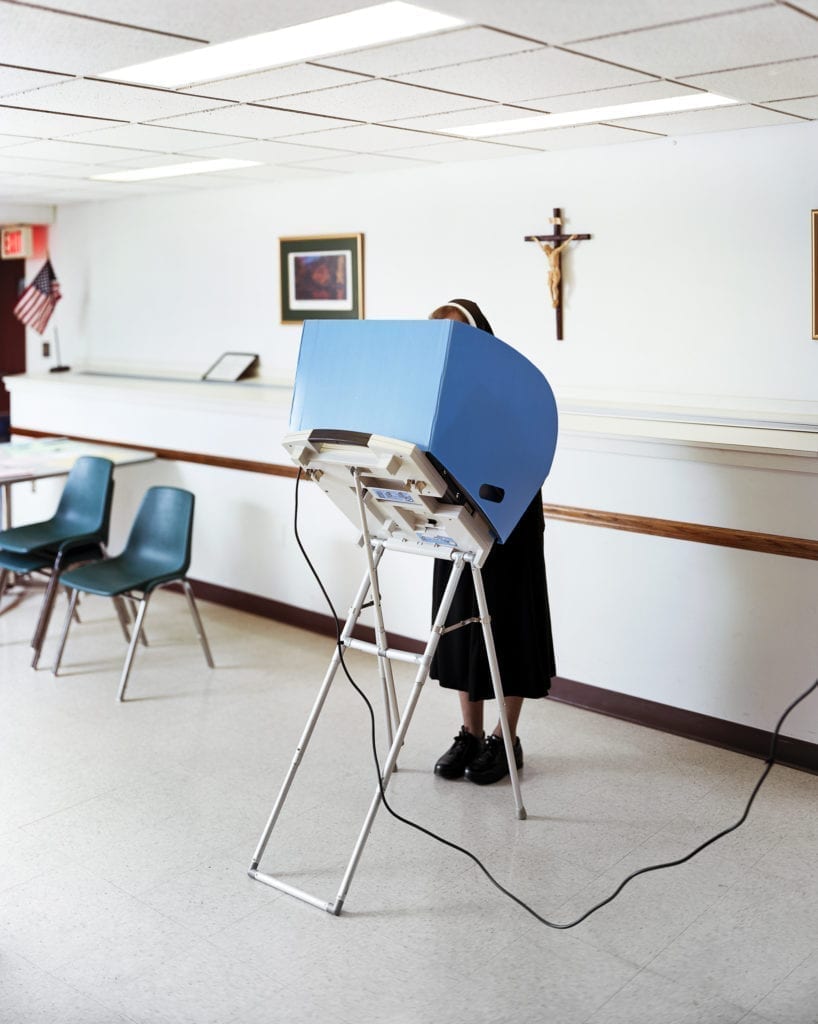
“Designed into our system of government is peaceful regime change. We don’t have to stage a coup d’etat or behead a king. I have this photograph of a young African-American man who was voting for the first time in the 2012 election, when Obama won re-election. He is so beautiful and excited to be voting for the first time. Think about the historical context of that!”
Miller is planning to photograph the upcoming election in Connecticut. “I can only do one state at a time. I’m usually exhausted after shooting on Election Day. I start when the polls open at 6am and don’t stop until they close.
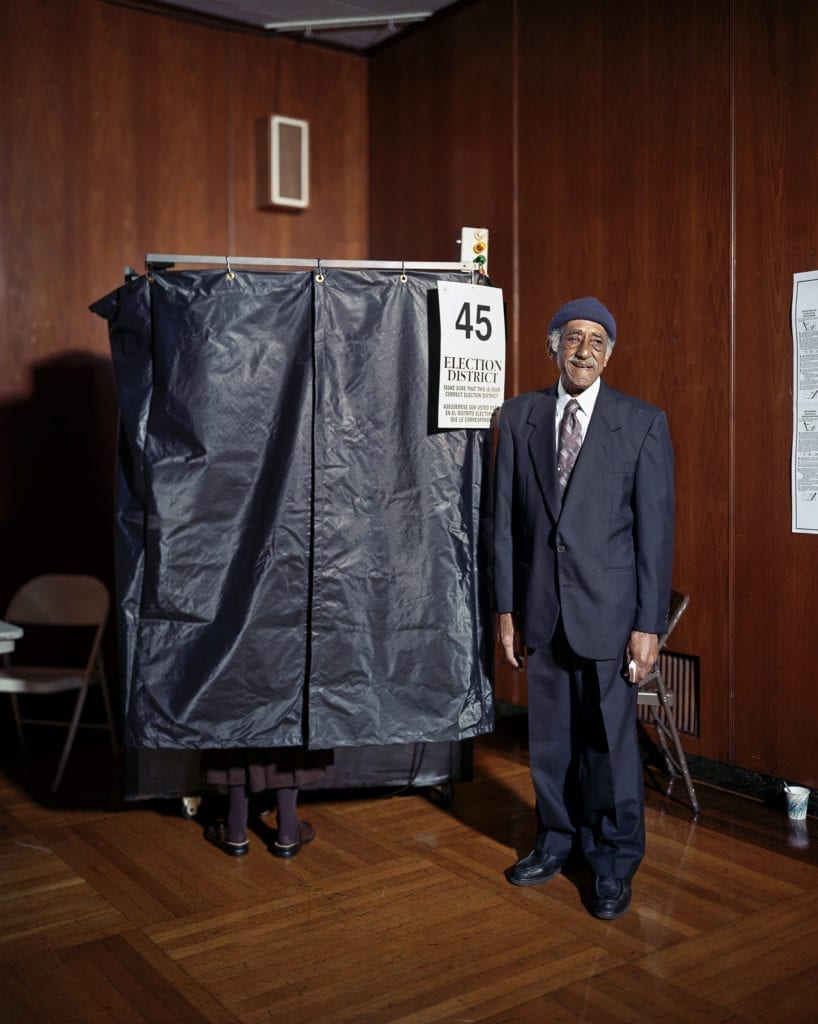
“And since I shoot with a cumbersome view camera, it forces me to interact with everyone I photograph. The combination of the shallow depth-of-field and the stillness of what I photograph creates this suspended moment.
“Voting is an activity that elevates and gives power to people who would otherwise not be heard. I see a parallel there for photographing – elevating ordinary people carrying out a seemingly prosaic task, who would otherwise not be seen.”
gregmiller.com
